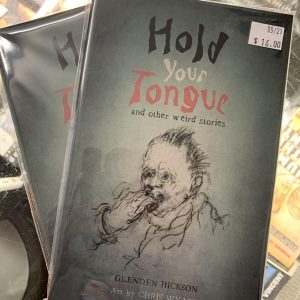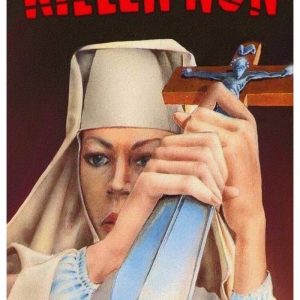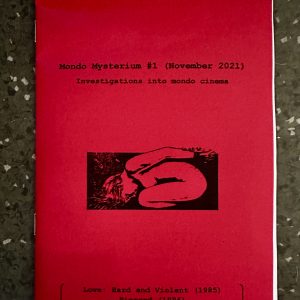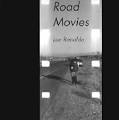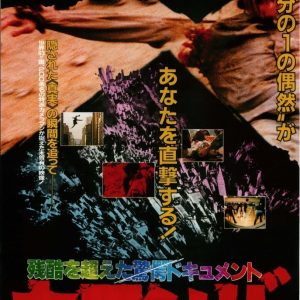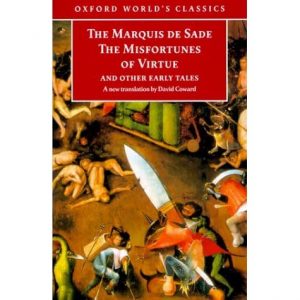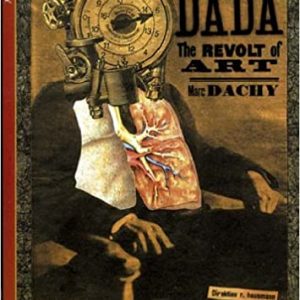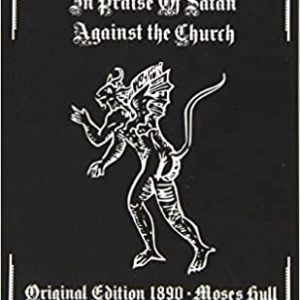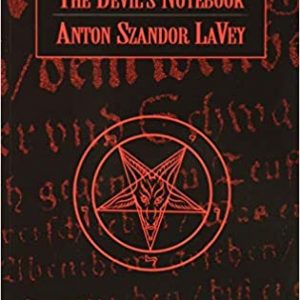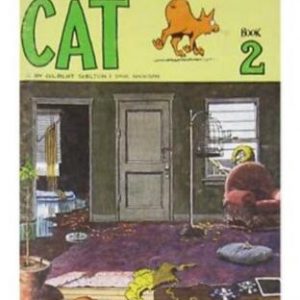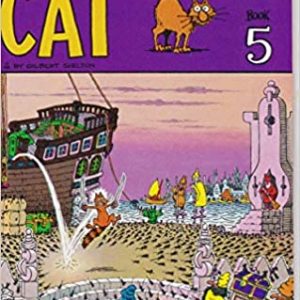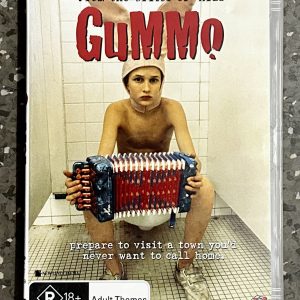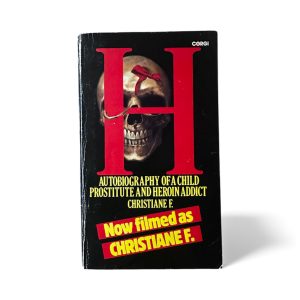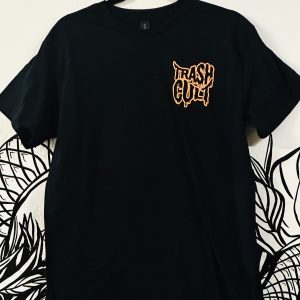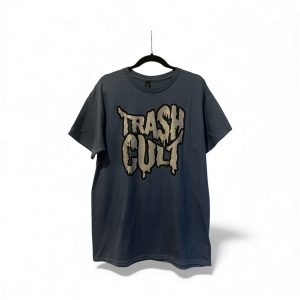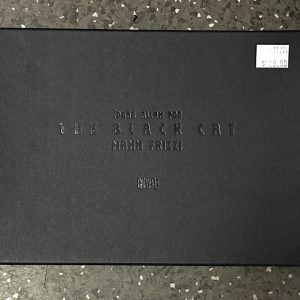Sign in
Login
Register
THE BEHEADING: And other true stories; Hardcover Book (2011)
$40.00
Torture, Death, Gruesome, Shocking, Disturbing; Hardcover Book - Ex Used condition (280 pages)
The Beheading is the title piece of this spectacular collection of true stories and commentaries. It is an eye-witness account of a beheading in the desert kingdom of Saudi Arabia where the author witnessed savage and soul-destroying punishments. They are recounted in this book with great clarity and brutal honesty, but with the sensitivity and poignancy born of the insight of a man who has studied the culture and history of this land with meticulous care. But these stories are not for the squeamish. They are required reading for those who are concerned about the inhumane and barbaric practices carried out around the world and have the stomach to read of such chilling things. Included in this collection is a shocking account of an adulterous woman stoned to death. "Women Are Always To Blame" achieves a particular relevance in light of recent worldwide concerns about this practice. In "Extracts from my Diary," Bob Crew reveals how his predictions regarding what would not change in Saudi Arabia in the new Millennium have been remarkably prescient.
Add to cart
HOLD YOUR TONGUE: And other weird stories; Paperback Book
$16.00
Local, Independent, Weird, Short Stories, Selp-Published; Paperback Book (2021) 110 pages
Local author Glenden Hickson's first published work is a collection of short stories with a twist in the tail... Illustrated by Chris Wyatt.
Ten seconds passed and the shape floated to the surface again, this time only a few metres from her. It made her gasp and she almost jumped to her feet, ready to run. It flipped its scaly tail and then its back came out, soft pale skin, and a head, wet blond hair, before bobbing below.
When your teacher gets revenge, when Grandpa fights your schoolmates, when ghosts appear in selfies...
For those that love it twisted. These stories are dark, funny, philosophical and so weird that you will… HOLD YOUR TONGUE.
Add to cart
KILLER NUN: DVD Uncut (1979)
$24.00
Nunsploitation, Giallo, Slasher, Gore, Exploitation, Cult: DVD - New
A demented nun sliding through morphine addiction into madness, whilst presiding over a regime of lesbianism, torture and death. Sister Gertrude is the head nurse/nun in a general hospital, whose increasingly psychotic behavior endangers the staff and patients around her. As one might expect from such a fusion of genres, The Killer Nun offers plenty in the way of depravity: Sister Gertrude bullies a frail, old woman (stamping on her false teeth in rage), regularly shoots up with morphine (paid for with stolen jewellery), has casual sex with a complete stranger, and cosies up to her busty, lesbian room-mate Sister Mathieu (played by Italian Playboy Playmate Paola Morra, who kindly provides full frontal nudity); a randy, old, wheelchair-bound man proves he's still got it by getting a younger woman to ride him hard during a rainstorm; new physician Dr. Patrick Roland (Joe Dallesandro) has a crack at curing Sister Mathieu of her lesbianism; a woman gets needles and scalpels pushed into her face by the murderer; and a guy is dropped from a great height onto his head.
Add to cart
MONDO MYSTERIUM #1: Independent Mondo zine including 3 ultra rare DVD-R Mondo films per issue + accompanying essays
$45.00
Mondo, Shockumentary, Deathumentary, Zine, Independent, Rare, USA: Zine - New
MONDO MYSTERIUM #1: Independent US Mondo photocopied zine including 3 ultra rare DVD-R Mondo films per issue + accompanying essays. This is fan made, bloody brilliant, and these films are rare and hard to find anywhere else... This is for collectors and those who know how truly cool this is.
Add to cart
LEE RANALDO: Road Movies; Book
$24.00
Lee Ranaldo, Sonic Youth, Poetry, Prose, Grunge, Experimental, Diary: Paperback Book, 165 pages (2004) - New
Road Movies is poetry by the guitarist of the seminal punk (and beyond) band Sonic Youth, who paved the way for the explosion of Nirvana and punk on to the mainstream music scene in the early nineties. They are arguably the most influential rock band of the late 1980's, and are living legends today. Road Movies is the literary equivalent of the dark and noisy waters of Sonic Youth's early work. His words mirror the beauty that can be discerned in the band's emotive walls of noise. As the title suggests, large parts of the book are inspired by time spent on the road with Sonic Youth. His words evoke the strange suprises and almost out of body clarity that occurs during travel. Interspersed with grainy photographs of road side fireworks stands, cigarette machines, and tractor trailer wheels, the book recalls the everyday things that, when taken out of context, become absolutely extraordinairy. In this way he tells, in flashes reminescent of the absolute freedom attained in the literature of Kerouac and Bukowski, the story of one restless mind's journey across and through America.
Read more
CARAMBA!: Japanese ‘Mondo’ Movie Poster (Dolce e selvaggio / Sweet and Savage) Antonio Climati
$50.00
Mondo, Climati, Italian, Shockumentary, Japanese, Film Poster; VG+ Used condition
A Mondo documentary that juxtaposes footage of death, carnage, and unpleasantness with scenes of inspiring and beautiful imagery. CARAMBA! is the Japanese release title for the Italian Antonio Climati Mondo film Dolce e selvaggio (Australian titled: Sweet and Savage). This is an original 52cm x 72cm theatrical movie poster from 1983 in VG+ condition. The main part of the poster focuses on the "arm torn off" scene, with some smaller scenes from the film. This is a nice piece and a rare find now days.......sweet and savage indeed!
Add to cart
MARQUIS DE SADE: The Misfortunes of Virtue and Other Early Tales; Paperback Book
$25.00
Marquis De Sade, Taboo, Terror, Erotic, Torture, Extreme, Classic; Paperback Book - New
The name of the Marquis de Sade is synonymous with the blackest corners of the human soul, a byword for all that is foulest in human conduct. In his bleak, claustrophobic universe, there is no God, no morality, no human affection, and no hope. Power is given to the strong, and the strong are murderers, torturers, and tyrants. No quarter is given; compassion is the virtue of the weak. Yet Sade was a man of savage intelligence who carried the philosophy of the French Enlightenment to its logical extreme. His writings effectively release the individual from all social and moral constraint: for many, Sade is the Great Libertarian. The Victorians considered him `Divine' and Apollinaire called him `the freest spirit'; the Surrealists recognised him as a founding father, and he is a key figure in the history of modernism and post-modernism. With Freud and Marx, Sade has been one of the crucial shaping influences on this century, and reactions to him continue to be extreme. But he has always been more talked about than read. This selection of his early writings, some making their first appearance in this new translation, reveals the full range of Sade's sobering moods and considerable talents.
Read more
DADA: The Revolt of Art; Paperback Book (Marc Dachy)
$24.00
Dada, Absurd, Surreal, Art, Fine Art, Experimental; Paperback Book - New
Dada was a protest by a group of European artists against World War I, bourgeois society, and the conservativism of traditional thought. Its followers used absurdities and non sequiturs to create artworks and performances which defied any intellectual analysis. This pocket-sized, profusely illustrated guide is the perfect introduction to the movement, which flourished all over Europe and in New York between 1915 and 1925.
Add to cart
All About Devils: In Praise of Satan Against the Church; Paperback Book
$28.00
Satan, Devil, Historic, Occult, Religion; Paperback Book - New
Moses Hull was once a minister in his own right. Having lost faith, he joined the burgeoning spiritualist movement of the late 1800s and began preaching against the evils of the christian body. Pointing to many (sometimes humorous) anecdotes and tales of church oppression, Hull here ruminates on the superiority of Satan over god, the superiority of occult wisdom over the barbaric nature of the christian cult, and the wonders of then-modern scientific reality, so long spurned christians. It may be seen as part demonology, part Luciferian manifesto, and part philosophical counterpoint to the greed and envy of the christian movement.
Read more
THE DEVILS NOTEBOOK: Anton Szandor LaVey; Paperback Book (2000) Feral House
$28.00
Satan, LaVey, Devil, Feral House, Adam Parfrey, Satanic; Paperback Book (147 pages) - New
The Devil's Notebook is a riveting collection of wisdom, humor and dark observations by the founder of The Church of Satan, Anton LaVey. The High Priest speculates on such topics as nonconformity, occult faddism, erotic politics, the Goodguy badge, demoralization and the construction of artificial human companions. Like P.T. Barnum, Ben Hecht and H.L. Mencken before him, LaVey zeroes in on humankind's limitless capacity for self-deceit and self-denial. Included are instructions for the creation of what LaVey terms "total environments," or places of magical evocation, where the enlightened may escape the deleterious effects of contemporary existence.
The Devil's Notebook is a true grimoire, as relevant today as it was when it was first published in 1992. Introduction by Adam Parfrey.
Add to cart
THE ADVENTURES OF FAT FREDDY’S CAT: Book 2; Comic (1980)
$30.00
Fabulous Furry Freak Brothers, Fat Freddy's Cat, Rip-Off Press, Adult; Comic - Good+ Used condition
Rare Fat Freddy's Cat comic, Book 2 from 1980. These are getting hard to find now days and are worth a quid! This copy is in Good+ condition, with a couple of dog ears and light stains.
Add to cart
THE ADVENTURES OF FAT FREDDY’S CAT: Book 5; Comic (1980)
$30.00
Fabulous Furry Freak Brothers, Fat Freddy's Cat, Rip Off Press, Comic, Adult; Comic - VG Used condition (1980)
Rare Fat Freddy's Cat: Book 5 comic from 1980. These original comics are getting harder to find and are selling for a quid now days. This is in overall Very Good condition.
Add to cart
Product Categories
Product Status
© Trash Cult 2020. Website by Travis Pithie


